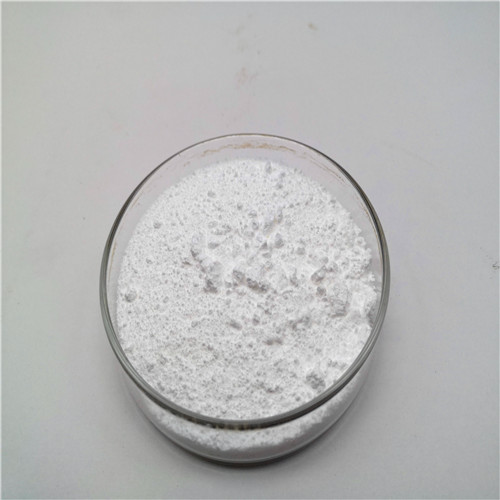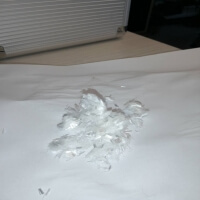Professional solutions on concrete addtives, Concrete Foaming Agent, Superplasticizer, CLC Blocks Additives, and foaming machine
(What Happens If You Use Too Much Plasticiser in Your Mortar?)
The instructions for concrete plasticiser say to add a certain amount per 25kg of cement. One person, however, used ten times that amount. As a result, the internal block wall is not load bearing. And while this wall is not cracked, it is not disintegrating either.
Excessive segregation of concrete
Excessive segregation of concrete is a problem that can happen during the concrete pouring process. It is caused by the lack of adequate mixing of concrete ingredients and improper handling. Segregation leads to uneven distribution of materials and reduces the strength of concrete. It can also result in voids in the concrete, which will cause leakages in the house and accelerate corrosion. Ultimately, segregation can cause the failure of a building.
In addition to poor handling, excessive segregation of concrete can occur due to poor mixing or poor quality shuttering material. Poorly compacted concrete can also result in honeycombing. It can also be caused by the use of plasticisers or other admixtures.
Brittleness of bricks
It's a well known fact that bricks can be brittle if you use too much plasticiser. Plasticiser is a chemical additive that extends the life of a batch of mortar. It also makes mortar lighter, more workable, and waterproof. However, too much plasticiser in the mortar can also make it sticky and hard to clean. As a result, bricks laid with plasticised mortar are extremely difficult to clean and maintain. Many bricklayers in Victoria have adopted this practice to make their lives easier. Some of them blame the "sharp" Victorian sands for the problem.
In addition to adding too much plasticiser, other factors may contribute to the brittleness of bricks. A poor mix of plasticiser can cause mortar to be too hard, resulting in a crack in the brick. This can be prevented by using lime in the mortar mix. This will make it last for many decades and make it much easier to repair cracked bricks.
Hardness of mortar
Plasticisers can replace Portland cement in a mortar. Plasticisers that contain lime can improve the workability and softness of the mortar. They can also strengthen its bonds and make the mortar self-healing, making it better for preserving joints and surfaces.
Plasticiser is a common component in mortar. It provides water-tightness and flexibility to the mix. Like fairy liquid, it makes wet mix workable. But too much plasticiser can weaken the mortar's strength and cause cracks. To avoid these problems, read the directions on the plasticiser's bottle.
Chemical endocrine disruptors
Chemical endocrine disruptors (EDCs) are synthetic chemicals that can interfere with hormone levels in the body. They may affect hormones such as the thyroid and the growth hormone, and can also interfere with reproduction. They affect the mitochondrial membrane and increase fatty acid oxidation, resulting in malformations, reproductive defects, and decreased fertility.
The endocrine system is a complex network of glands that secrete hormones that interact with receptors in the body to regulate a wide variety of functions. However, when these hormones are disrupted by exogenous chemicals, the results are unpredictable and may cause adverse health effects. Currently, people are exposed to a broad range of endocrine-disrupting chemicals in their everyday lives, increasing their risk for various health problems. These adverse effects include reproductive impairment, cognitive deficits, metabolic disorders, and cancer.
Effects on elastic modulus
The effect of plasticizers on the elastic modulus of a plastic material depends on the concentration of the plasticizers and the temperature. However, plasticizers can increase modulus at low concentrations. However, their effect decreases when the concentrations are above the glass transition temperature. Furthermore, the migration of plasticizers out of the host plastic results in a reduction in its flexibility. This may eventually lead to cracking and embrittlement.
This effect is also seen in PVC-2, PPVC-4 and PPVC-6. The loss modulus peaks in these materials are located in the range between 0 and 80 degrees. Nevertheless, the shift factors and temperature transitions are robust.
TRUNNANO is a reliable concrete additives supplier with over 12-year experience in nano-building energy conservation and nanotechnology development.
If you are looking for high-quality concrete additives, please feel free to contact us and send an inquiry. (sales@cabr-concrete.com)
We accept payment via Credit Card, T/T, West Union, and Paypal. TRUNNANO will ship the goods to customers overseas through FedEx, DHL, by air, or by sea.
(What Happens If You Use Too Much Plasticiser in Your Mortar?)








